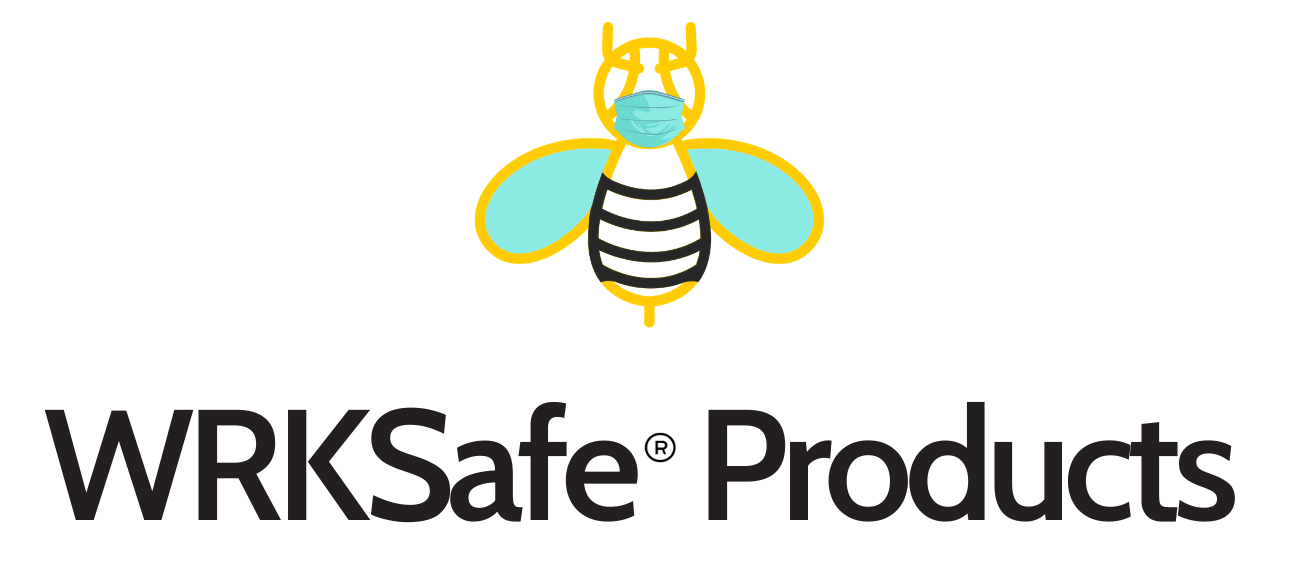The COVID-19 outbreak has done immense harm, not just to affected individuals, but
also to the many businesses that have been forced to shutter during mandated
stay-at-home orders. Industries that depend on in-person interactions have been among
those hardest hit: bars, restaurants, theaters, retailers and, yes, gyms and fitness
centers.
When this crisis finally ends, members of fitness facilities will want to be certain that
their clubs are not only free of the coronavirus, but of all manner of pathogens. Ensuring
that your facility is ready to meet that challenge will help reassure members — and staff
— that their environment is safe, providing peace of mind and clearing a path toward
normalcy.
Says Bruce Sherman, president of cleaning supplies provider GymValet, “Clean
equipment and a visible show of concern by putting the cleaning supplies right in front of
people, however you do it, tells that person, ‘My club cares about me. This is the kind of
club I want to be a member of.’ ”
Here’s some advice for keeping your club as safe as possible.
Know thy product
According to Scott Jarden, president of disinfectant manufacturer and supplier Kennedy
Industries, law requires that any product that claims to kill a particular pathogen must be
verified by the Environmental Protection Agency.
“In the case of
disinfectants, you’re
saying it kills viruses and
bacteria. So the EPA
has to approve those
products, and there’s
very, very extensive
testing required to be
able to claim that you kill
coronavirus or
something else,” Jarden
says.
According to the Centers for Disease Control and Prevention, COVID-19 is caused by
the novel coronavirus, also known as SARS-CoV-2. EPA lists disinfectants for use
against that particular pathogen, and others have been qualified under an “Emerging
Viral Pathogen Claim,” which means a given product has proven efficacy against a
harder-to-kill virus.
“Anybody understands the EPA certification of any product or solution is based on very
strict control standards that must be met in order for this product to be EPA-certified,”
says Sherman.
Jarden says that the best way to learn whether your product is effective against a
particular pathogen is to simply read the label. Not only will the label contain information
about which pathogens a particular product neutralizes, but it will also provide helpful
instructions on how to properly use it.
“The label specifically tells you all the things that it kills and what the different steps are
— meaning how it’s mixed, how it’s used, the dwell time,” Jarden says. “All that
information is provided by the EPA-approved label that is on your container.”
Education and proper procedure
A CloroxPro resource guide suggests that education is another key tool toward
preventing the spread of COVID-19 and other diseases. According to Jarden, one silver
lining amidst the outbreak is that the public is finally getting a much-needed education in
public health and proper procedures
for cleaning, sanitizing and
disinfecting.
“I think that the education that the
general public is getting from
COVID-19 is the proper way of
keeping yourself safe and healthy,”
Jarden says, adding that many
people have changed their
hand-washing routines and
techniques after realizing they’d
been doing it wrong — or at least
not thoroughly enough — for years.
For facility staff, particularly those charged with regular cleaning of high-touch areas and
equipment, proper training can help slow and prevent the transmission of disease.
One key thing that facilities might fail to consider is a given product’s dwell time — that
is, the amount of time a disinfectant must be present on a surface before it effectively
kills pathogens. Many disinfectants have dwell times in the range of five to 10 minutes,
and if your facility isn’t adhering to those dwell times, “More than likely, you’re not even
doing the job you thought you were doing,” says Jarden, “and you’re just kind of wasting
time and money thinking you’re doing something.
“When this thing all calms down, members are going to realize there’s a difference
between this product and that product, and there’s a difference between how you use it.
It’s not like cleaning your mirrors in your bathroom. You have to follow procedures for
things to work properly.”
Encourage healthy habits
The best opportunity for busy facilities to properly and thoroughly disinfect is when the
facility is closed and janitorial staff comes in to execute their duties. Still, Sherman says
a once-daily deep clean really only benefits the first person in the gym after that
cleaning is completed.
Throughout the day, Sherman advises that members do their part to the best of their
abilities. “Cleaning is a team sport,” he says.
To that end, he advises that clubs adopt policies around cleaning and encourage
members to adhere to them.
“Have written policies up on the wall with what you’d like to achieve, and enforce those
policies,” Sherman says. “What you’re seeing is a lot of people are putting signage up
that says clean your piece of equipment before and after you use it.”
Sherman recommends keeping supplies within reach of members. “The chance of them
complying with the facility’s request exponentially decreases for every extra foot they
have to walk to get the supplies and bring them back,” he says. “It’s human nature.
Convenience breeds compliance.”
Members can take matters into their own hands in other ways, as well. Wearing proper
clothing — that is, clothing that doesn’t directly expose the skin to surfaces — and
maintaining good hygiene can help to limit member exposure.
Says Sherman, “When you’re in the gym or you’re in a community setting, especially in
the time of viruses and flu season, wipe off your surfaces, but don’t put your hands in
your eyes, your nose, your mouth, and when you walk out of the gym, put on some
hand sanitizer or wash your hands. That’s just good gym hygiene.”
